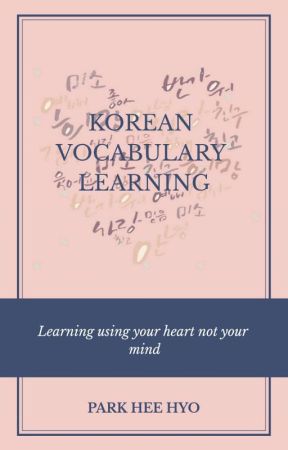Formal
압니다 simply attached to the base of the verb 알, know. As part of the group of verbs with them stem ending in ㄹ, the ㄹ disappears when the ㅂ gets attached as part of the conjugation. You won’t hear 압니다 being spoken much outside of presentations and equivalent situations.
Example:
Hee Hyo: 이 사람을 압니까? - Do you know this person?
Min Hyuk: 네, 압니다 - Yes, I do know this person.
알고 있습니다 has a very similar meaning, however with this type of conjugation you are trying to convey that you know of the topic you are currently discussing in a deeply manner. It sounds more natural to use in speech, however, than 압니다 does.
Example:
Hee Hyo: 이 사람을 알고 있습니까? - Do you know this person?
Wonho: 네, 알고 있습니다 - Yes, I do know this person.
알겠습니다 can also be used as an I know response in some situations, but oftentimes its meaning is closer in align with that of I got it rather than I know, so keep that in mind before using it.
Standard
알아요. If you attach the word 잘 in front of the verb, you can really demonstrate that you know of the topic well. For example, if you want to say that you speak Korean well, just add 잘 in front of 알아요 and you’re good to go.
Example:
Hee Hyo: 이 책을 알아요? - Do you know this book?
Donghyun: 네, 알아요. - Yes, I do know this book.
알고 있어요 is same like in the formal one.
Informal
알아. Once you’ve become close to the person you are talking to, you can drop the 요 and speak informally like this. If you speak to a stranger or a much older person (without getting their permission) using informal words, you’ll likely offend them but to a close friend or equivalent, they’ll be very delighted to have you use the informal version.
Example:
Hee Hyo: 이 영화 알아? - You know this movie?
Hyo Min: 응, 알아. - Yeah, I know.

YOU ARE READING
KOREAN VOCABULARY LEARNING
RandomI hope this vocabulary will help you to speak Korean. Ranking: 🎖#1 - Korean 🎖#1 - Language 🎖#3 - Korean 🎖#4 - Korean
